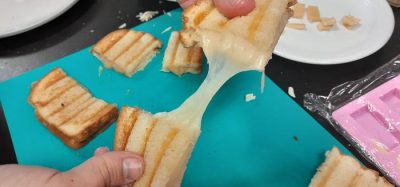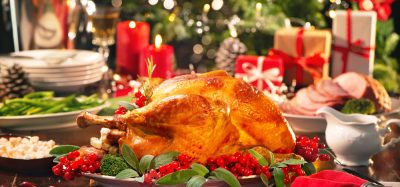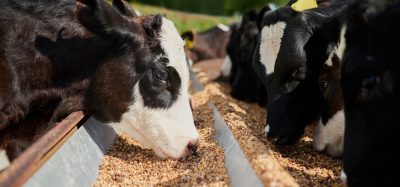Longer lasting fresh fruit and vegetables
- Like
- Digg
- Del
- Tumblr
- VKontakte
- Buffer
- Love This
- Odnoklassniki
- Meneame
- Blogger
- Amazon
- Yahoo Mail
- Gmail
- AOL
- Newsvine
- HackerNews
- Evernote
- MySpace
- Mail.ru
- Viadeo
- Line
- Comments
- Yummly
- SMS
- Viber
- Telegram
- Subscribe
- Skype
- Facebook Messenger
- Kakao
- LiveJournal
- Yammer
- Edgar
- Fintel
- Mix
- Instapaper
- Copy Link
Posted: 16 June 2020 | Bethan Grylls (New Food) | No comments yet
Eggs destined for landfill can be used as a base for an inexpensive coating to protect fruit and vegetables, Rice University researchers say.
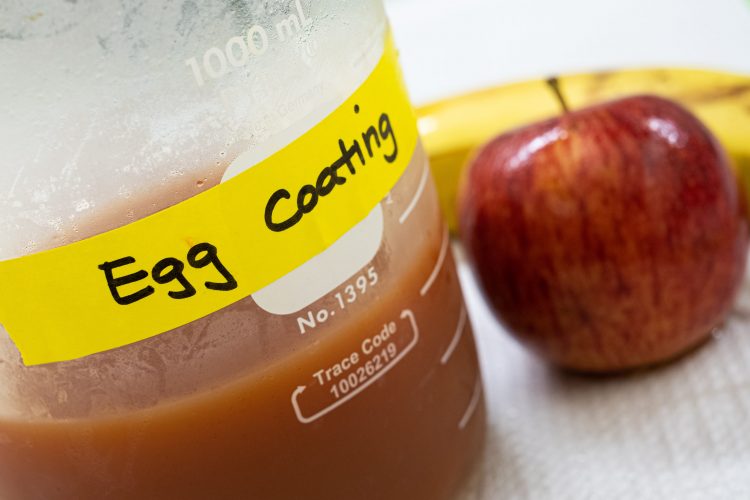

Credit: Jeff Fitlow/Rice University
A coating has been developed by a team of researchers from Rice University, which could not only reduce food waste but also extend the shelf life of perishable goods.
The micron-thick coating is made from eggs, which would otherwise be wasted, and can be used to preserve fresh fruit and vegetables.
The US produces more than seven billion eggs per year, three per cent of these are rejected by manufacturers. In fact, the researchers estimate that an excess of 200 million eggs end up in landfills as a consequence. The new coating alleviates some of that waste, using eggs that never reached market.
In their study, the researchers applied the coating via spraying and dripping and found that the produce showed a notable resistance to rotting for an extended period when compared to traditional coatings such as wax.
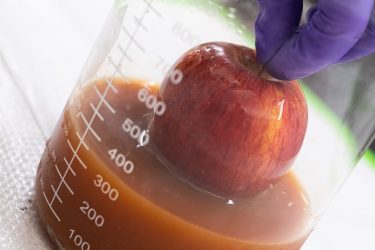

A coating developed at Rice University made primarily with protein from eggs that would otherwise be wasted can be used to extend the freshness of produce. (Credit: Jeff Fitlow/Rice University)
“Reducing food shortages in ways that don’t involve genetic modification, inedible coatings or chemical additives is important for sustainable living,” said Pulickel Ajayan, a scientist from The Brown School of Engineering lab. “The work is a remarkable combination of interdisciplinary efforts involving materials engineers, chemists and biotechnologists from multiple universities across the US.”
Along with being edible, the multifunctional coating retards dehydration, provides antimicrobial protection and is largely impermeable both to water vapor to retard dehydration and to gas to prevent premature ripening. The coating is all-natural and washes off with water.
“If anyone is sensitive to the coating or has an egg allergy, they can easily eliminate it,” added team member, Seohui Jung.
Egg whites and yolks make up nearly 70 percent of the coating. The rest mostly comprises nanoscale cellulose extracted from wood, which serves as a barrier to water and keeps produce from shrivelling, and a small amount of curcumin for its antimicrobial powers and glycerol to add elasticity.
The researchers tested the coating on several different types of fruit, including strawberries, avocados and bananas. The result was fruit that lasted much longer.
Compression tests also showed that coated fruit was stiffer and firmer that uncoated, demonstrating the egg-coating’s ability to keep water in the produce – thereby slowing the ripening process.
An analysis of freestanding films of the coating showed it to be very flexible and able to resist cracking, allowing better protection of the produce. While tests of the film’s tensile properties showed it to be just as tough as other products, including synthetic films used in produce packaging.
Further tests proved the coating to be nontoxic, and solubility tests revealed a thicker-than-usual film is washable. Rinsing in water for a couple of minutes can completely disintegrate it, Ajayan said.
Egg proteins were chosen as the coating’s base due to the level of wastage, but the researchers have said there is no reason why other materials cannot be used. Currently, the team is investigating plant proteins.



